




|





|
Yosemite Photographic Survey For 18 months starting in June of 1990 I lived in Yosemite National Park working on a project with other photographers to document the Park after its first 100 years. My premise initially was to document the people who visited, worked and lived in the park. My infatuation with national parks began when I was young because of the beauty of the land. What I discovered was that parks are full of tourists (3.4 million in Yosemite in 1990) from all over the world and it becomes a melting pot of cultures and economic backgrounds. I often found myself photographing in the campgrounds and talking with laborers, lawyers and diplomats and there was nothing distinguishing them. People were there for the land and it was difficult to distinguish their social classes. I found this quite intriguing and never asked who did what. As the survey project evolved I began researching in the library’s archive and found many mammoth glass plates of the land made by Carlton Watkins in the early 1860’s. I became fascinated to find those same locations and rephotograph what he saw. For me the experience of my lens occupying the exact same location as his over 130 years later sent chills up my spine. My obsessed with this idea grew and I found other images made in the Park and rephotographed them in either the exact or similar locations to show the cultural difference they imply. Beyond the documents of people in the park you will see the same images made years, months, weeks and then minutes apart. There is a 300 year-old tree that was cut and removed in less than 48 minutes because it may fall on a tourist and the park may be sued. Other images show the implication of time such as climbers about to climb from the valley floor to the top of El Capitan, some 3400’ above where they are standing. The final images of a couple on a rock 50 years after deciding to wed presented to me the idea that rephotography could be used to document cultural differences. In these images Mirror Lake has become Mirror Meadow, trees have disappeared and there are tourists in the scene. They show the impending implications of nature and culture on our landscape. This project, and specifically these last two images were the foundation for the Déjà View: Bologna, Italy book project. 

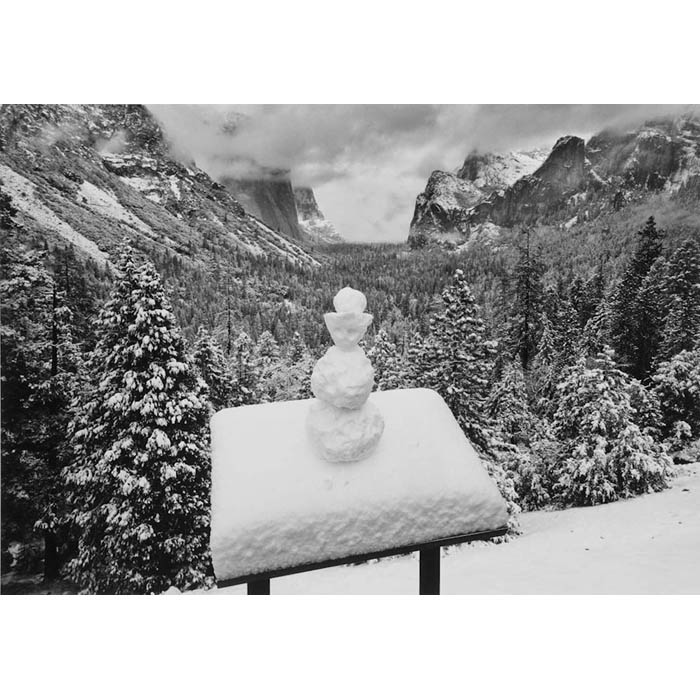
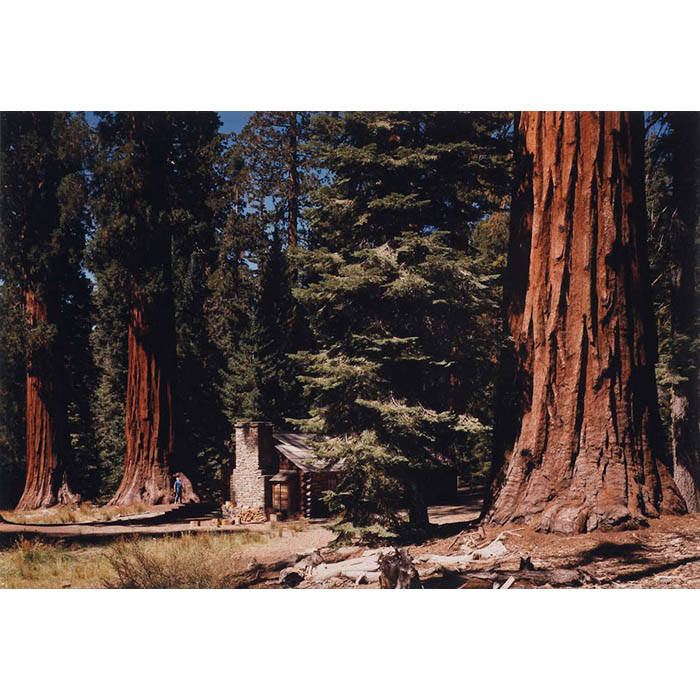

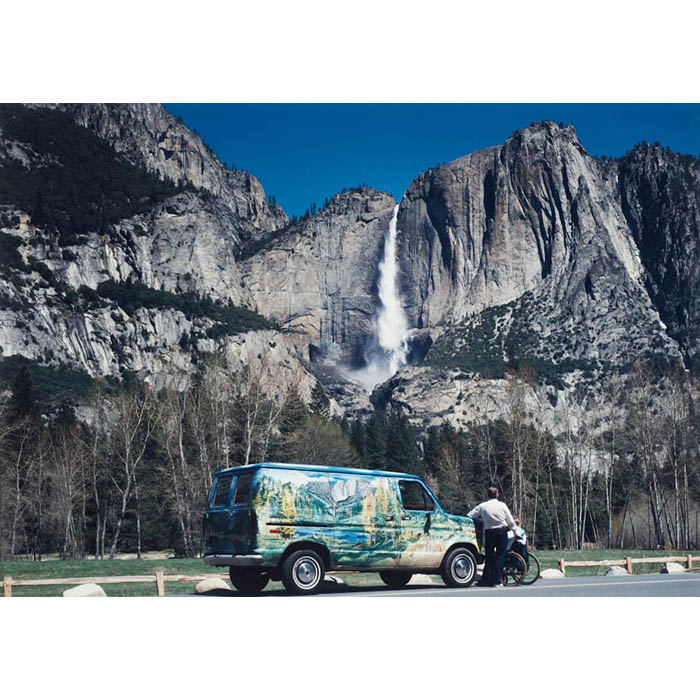



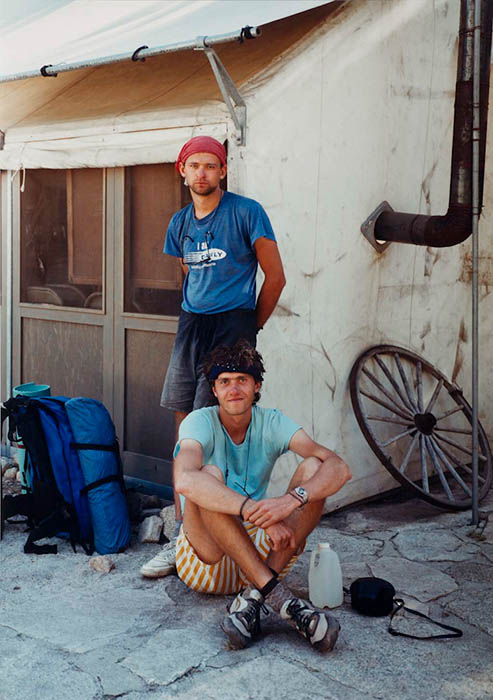

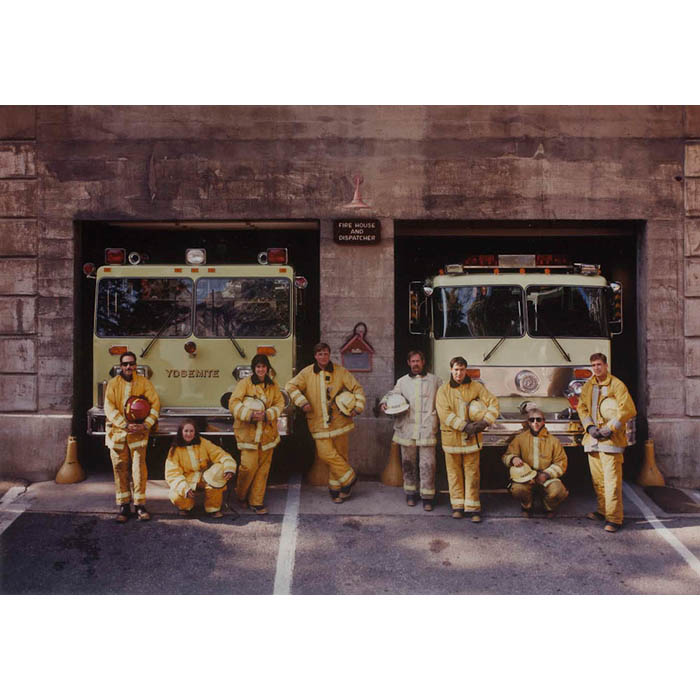



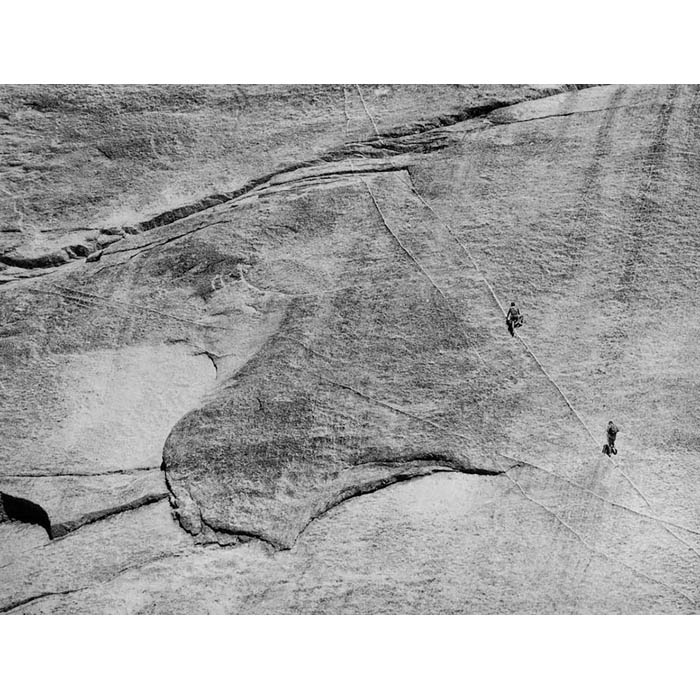
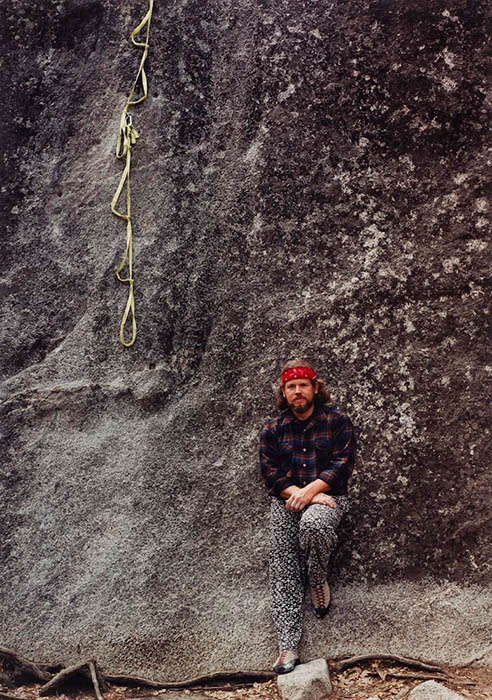



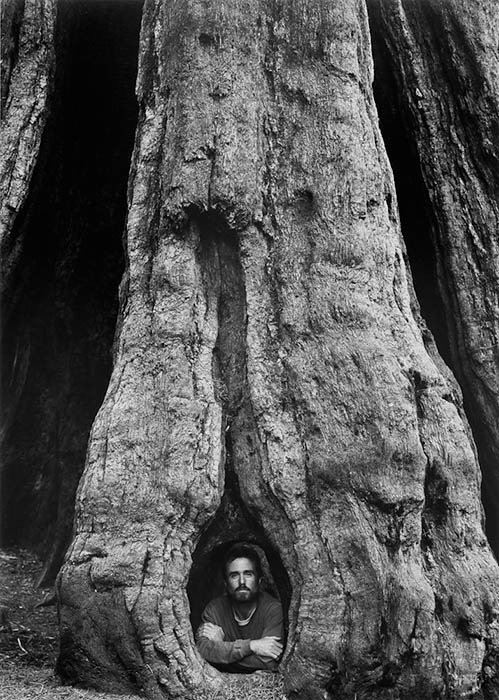
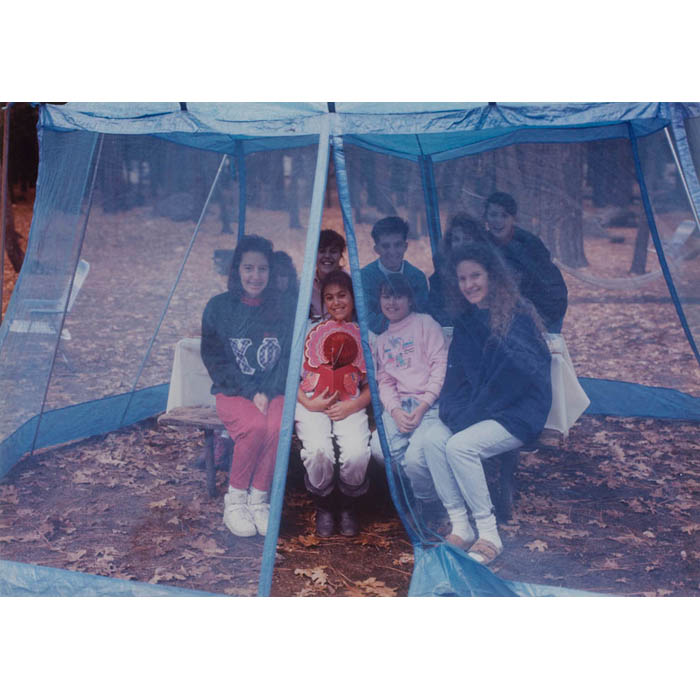
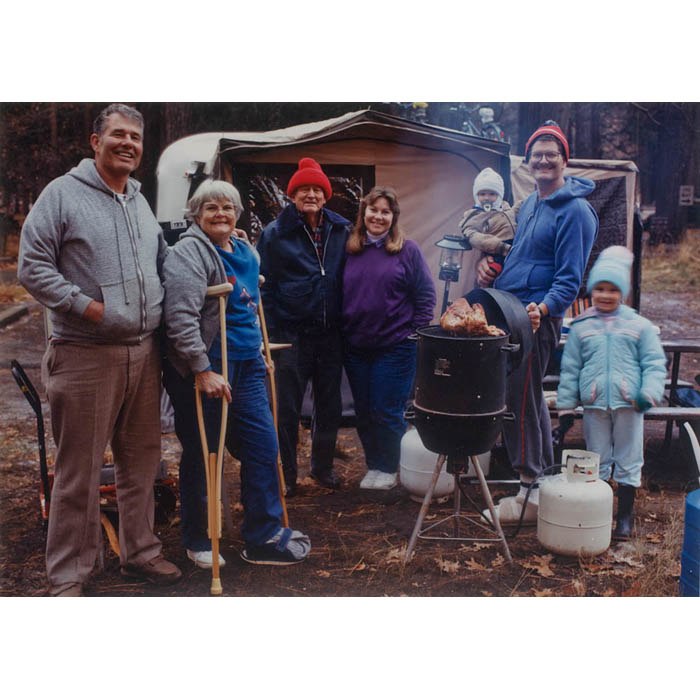

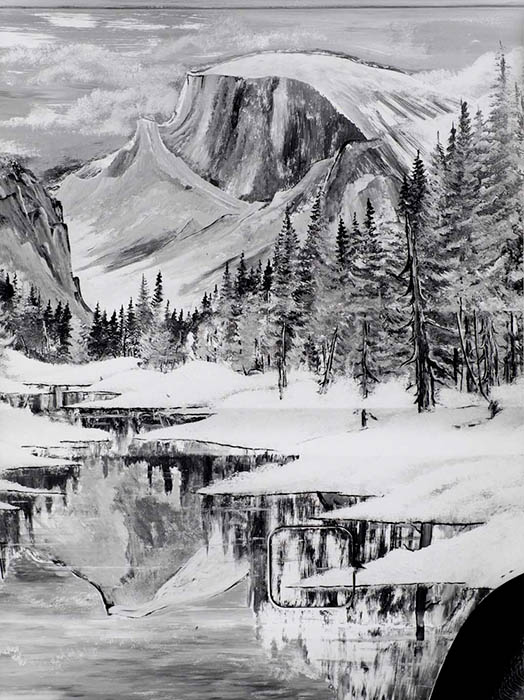
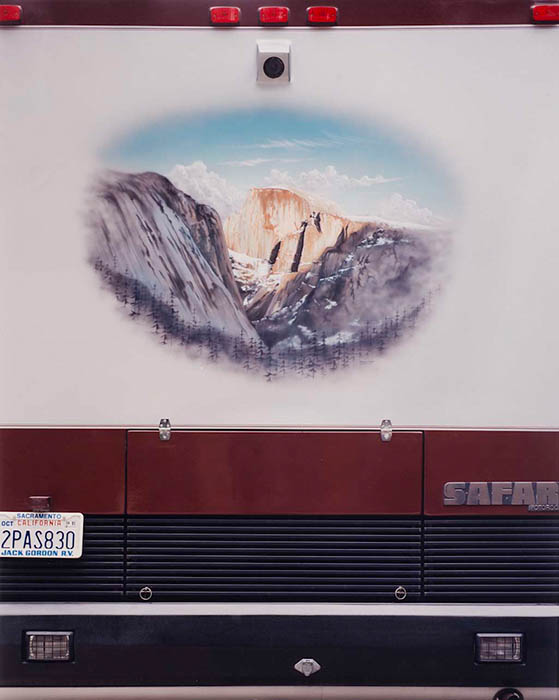
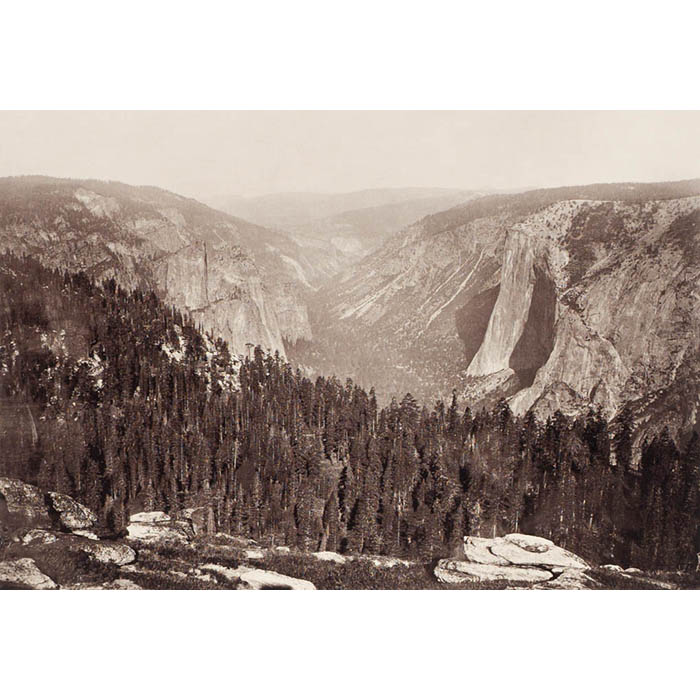
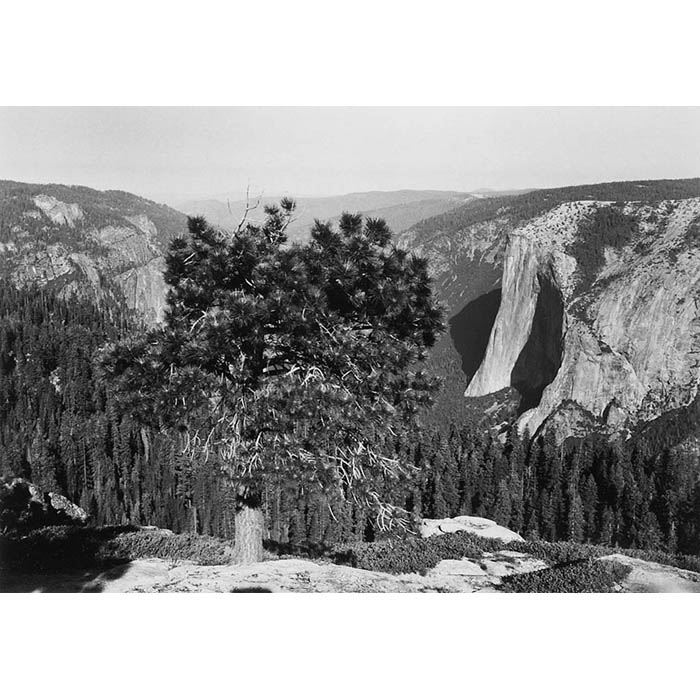

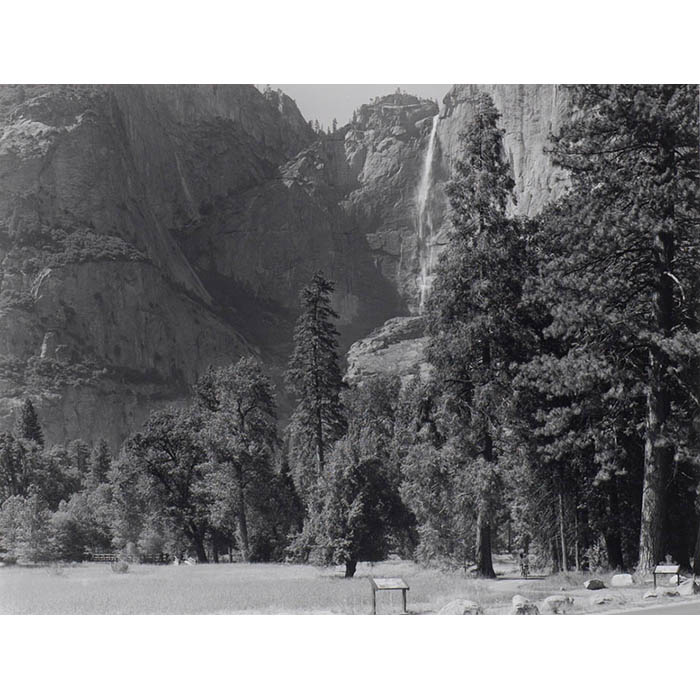
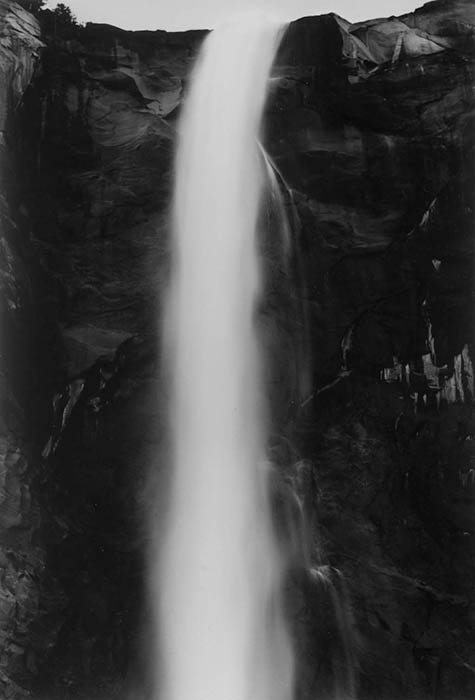


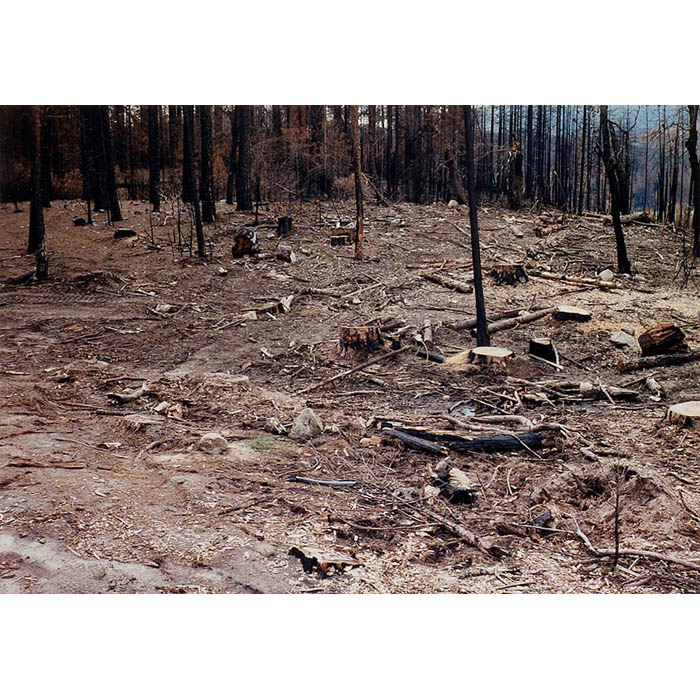
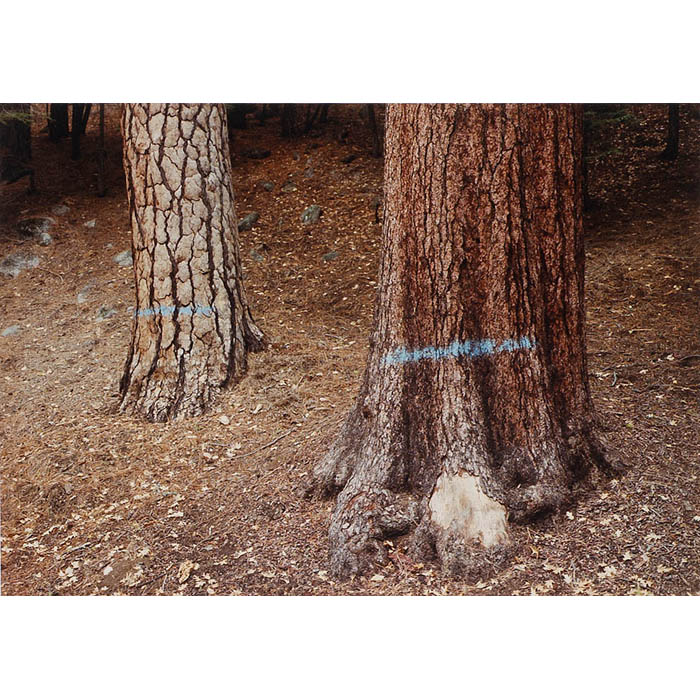
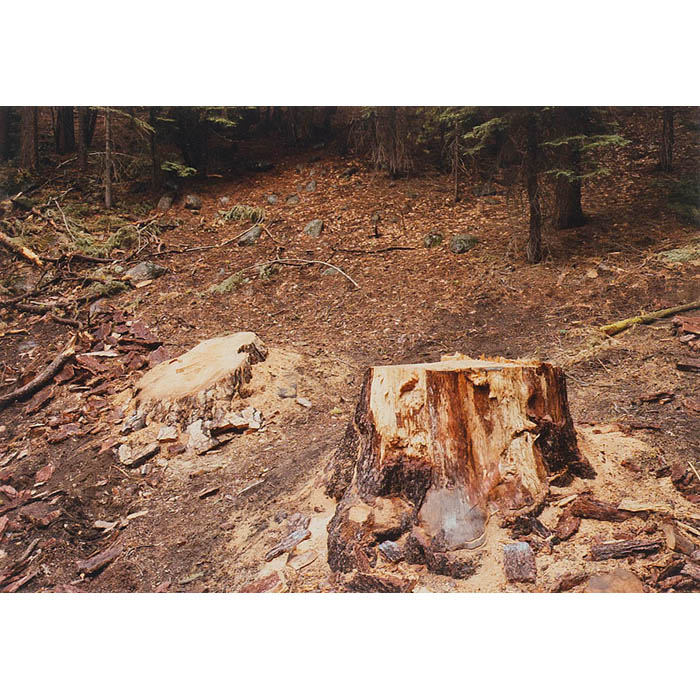

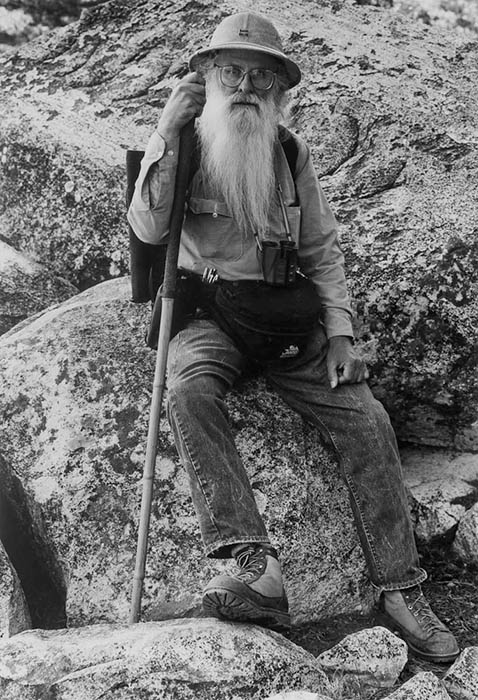
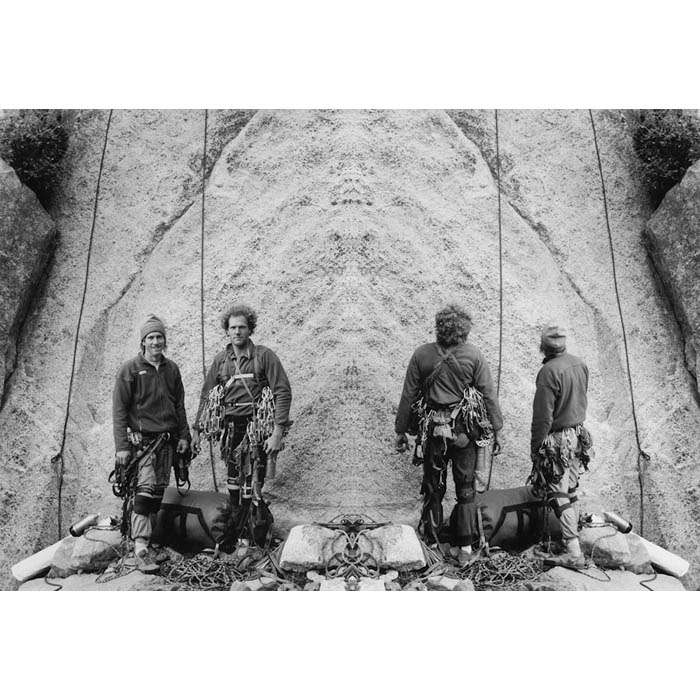

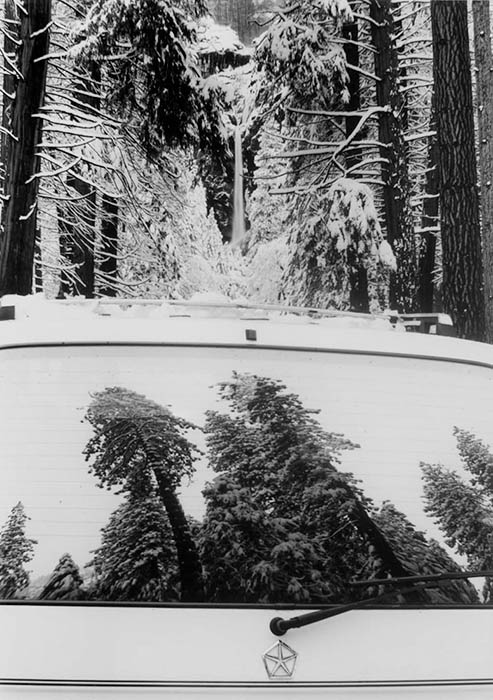


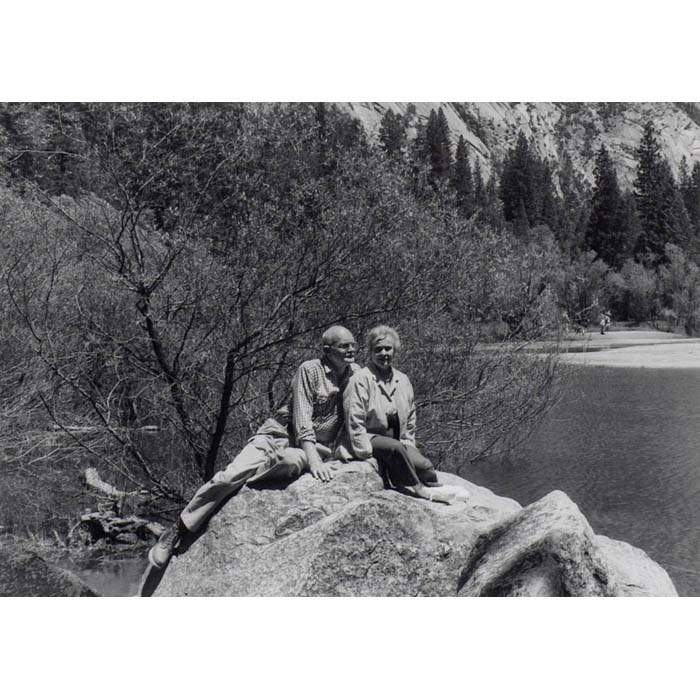
|